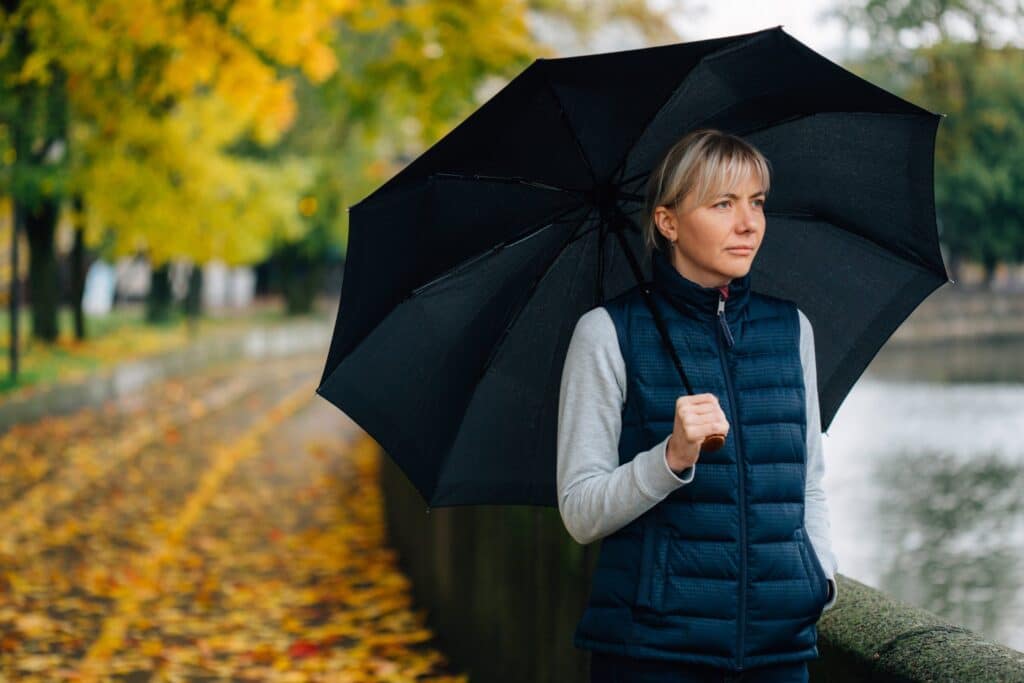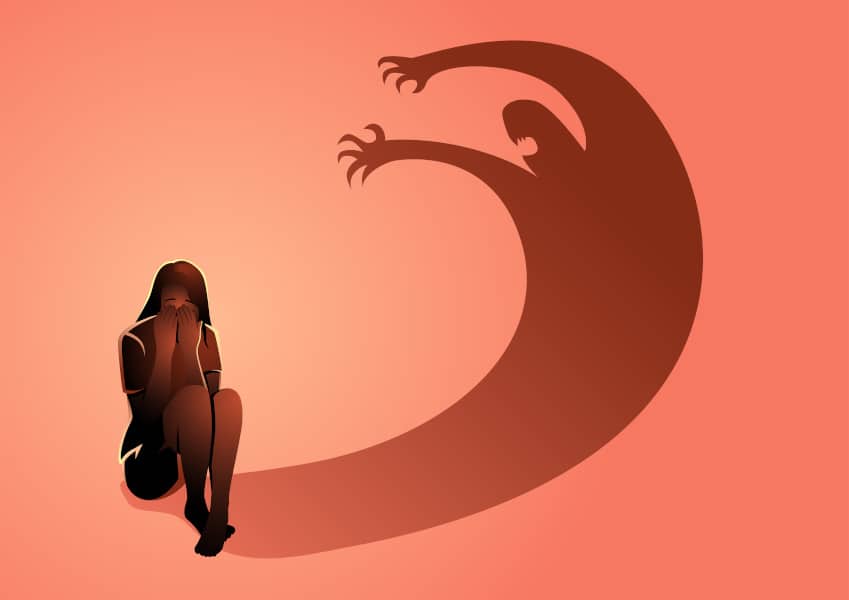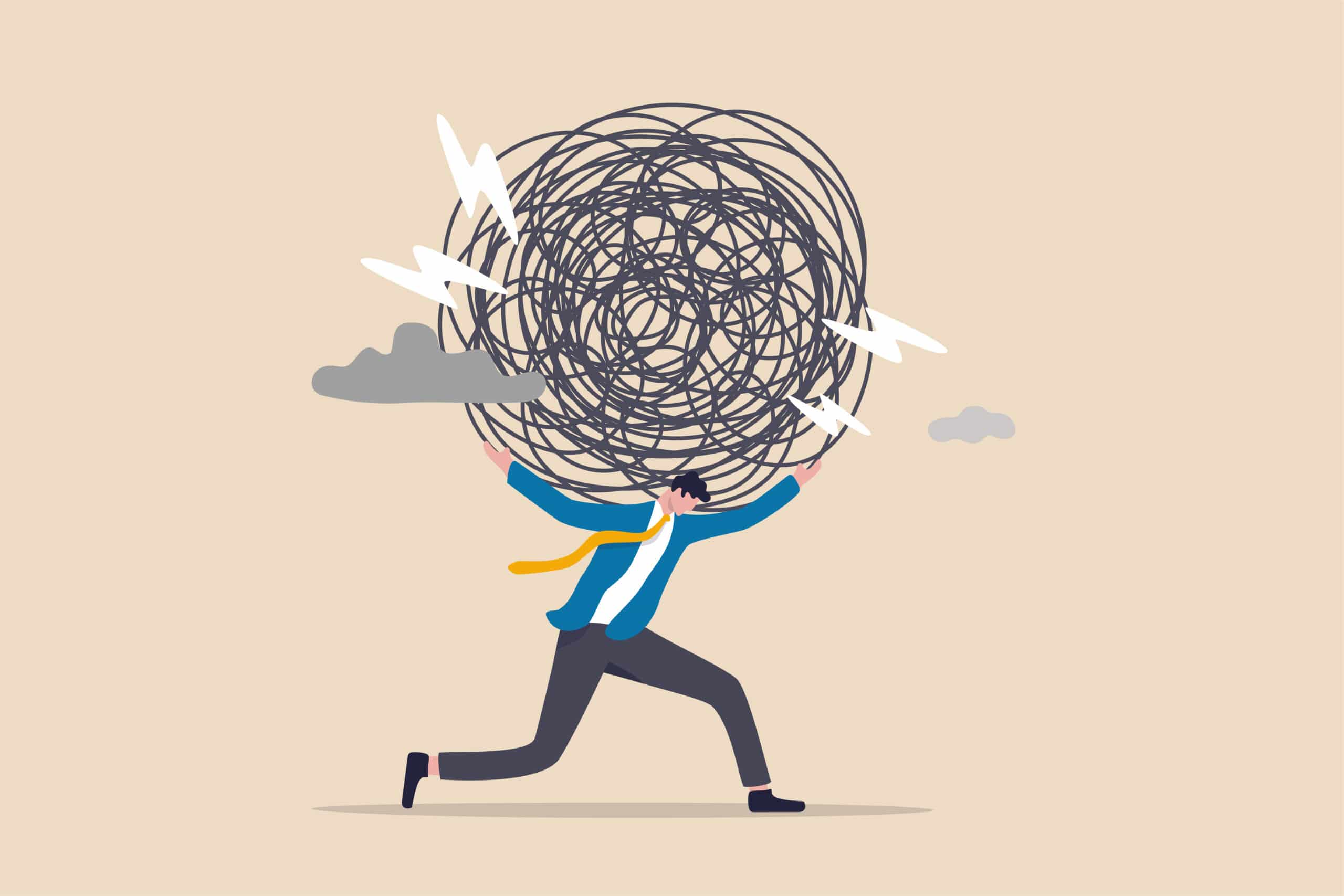The fall and winter months can be some of the most stressful times of the year for many. Added holiday pressures can trigger heightened difficulties for those with depressive disorders, anxiety disorders, and other disorders. For some, these months bring about seasonal depression that may not occur at other times of the year.
Seasonal Affective Disorder
Seasonal affective disorder (also known as major depressive disorder with a seasonal pattern) is a type of depression often seen as the seasons change, characterized by recurrent episodes of depression in the fall and winter months. Each year, roughly 5% of the U.S. population experiences seasonal depression, with four out of five being women.
What Does Seasonal Depression Feel Like?
If you’ve asked yourself, “what does seasonal depression feel like?” The response is that while symptoms of typical depression include weight loss and lack of sleep, symptoms of seasonal affective disorder include:
- Oversleeping (hypersomnia)
- Daytime fatigue
- Overeating
- Weight gain
- Craving carbohydrates
- Mood changes
- Anxiety
Other symptoms may include lethargy, suicidal thoughts, and decreased socialization.
The exact cause of seasonal depression is not known, but some experts attribute it to an individual’s reduced levels of serotonin (neurotransmitters) caused by the reduction of sunlight in the fall and winter months. When these neurotransmitters don’t function normally, it can result in depression.
Melatonin, the sleep-related hormone, has also been attributed to seasonal depression. This hormone can affect sleep patterns and mood and reaches elevated levels in the dark. As days are shorter and nights are longer, the production of melatonin increases, affecting one’s internal clocks and causing depression.
Factors That Contribute to Seasonal Depression
Individuals who are struggling may ask themselves, “why does seasonal depression happen?” or “why do I have seasonal depression?” There are several factors that increase someone’s risk of suffering from seasonal affective disorder.
- Being female: As we mentioned, four out of five women suffer from seasonal affective disorder.
- Living far from the equator: Seasonal affective disorder occurs more frequently in individuals who live far north or south of the equator. Approximately 1% of individuals in Florida and 9% of individuals in Alaska and New England suffer from seasonal affective disorder.
- A family history of depression: A family history of depression can contribute to the development of seasonal affective disorder.
- Having depression or bipolar disorder: An individual who suffers from depression or bipolar disorder may have worsening symptoms.
- Younger age: Younger adults are at higher risk than older adults, and seasonal affective disorder has also been diagnosed in children and teens.
Seasonal Depression Treatment
Some people experience symptoms in August, but they usually become present between October and November, and tend to subside between March and April. This is also known as “winter depression”. Since it has a somewhat predicable pattern regarding occurrence, there are some seasonal depression treatment methods to help manage symptoms, including:
- Increasing physical activity which can help release endorphins
- Meditating and using other stress management techniques
- Increasing the amount of light when inside
- Spending more time outside
- Staying hydrated to nourish the brain
- Spending time with others to lessen the feelings of loneliness
Unlike other depressive orders, light therapy can be used as one method for winter depression treatment as it’s found to be up to 85% effective in helping reduce symptoms since it suppresses the brain’s secretion of melatonin. Seasonal affective disorder is a subset of major depression and if symptoms continue, you may need to seek professional help.
Depression Treatment at Lifeskills
At Lifeskills, we provide seasonal depression treatment as well as treatment for
other depressive disorders. We know that sometimes long-term therapy and support are needed to ensure success in recovery. Our professional treatment team uses cognitive behavioral therapy (CBT) as part of the process for treating depression. This solution-focused, evidence-based treatment approach emphasizes changing behavior through applying specific skills. CBT focuses on how cognition, emotions, and behavior relate to one another, and helps individuals change their behavioral reactions in certain situations.
We believe with the proper treatment and support; individuals can recover from
depression. Our strengths-based program and collaborative culture provides a treatment environment that focuses on the presenting disorders but also targets the issues contributing to them. If you or your loved one is looking for individualized, compassionate treatment for depression or other mental health disorders, Lifeskills can help. Call us today at 954-953-1742 or complete our contact form for more information.




